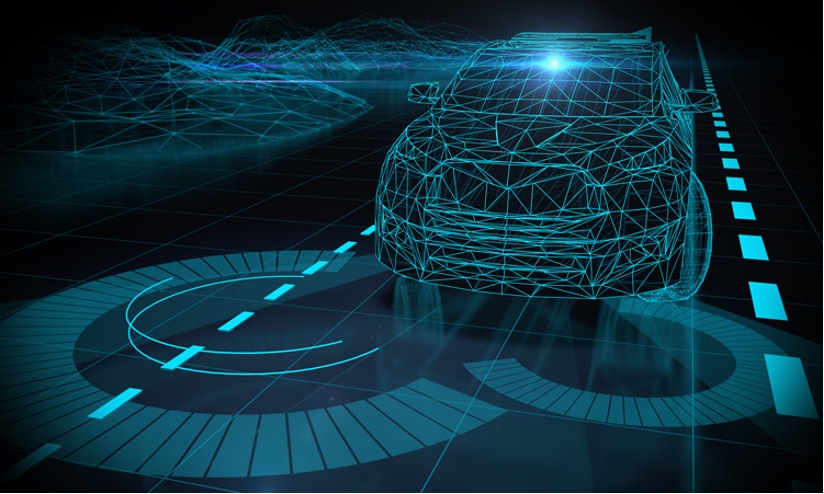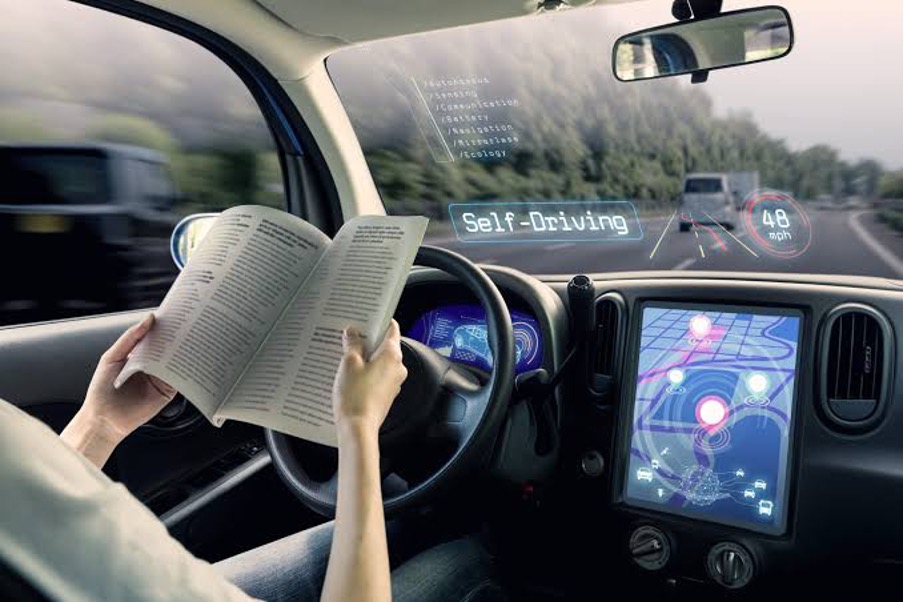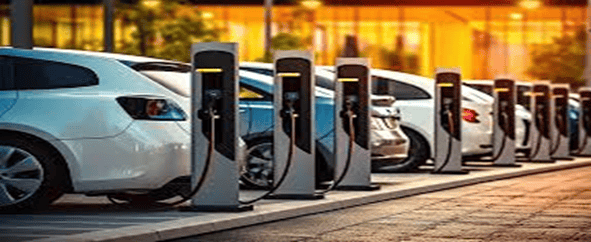In recent years, advancements in technology have revolutionized various aspects of our lives, including transportation. One notable breakthrough in this domain is the development of self-driving cars, also referred to as autonomous vehicles. Autonomous vehicles have become a topic of immense interest and discussion in recent years. These vehicles, equipped with advanced technologies and artificial intelligence, are capable of sensing their surroundings, navigating roads, and operating without human intervention. Although the concept of self-drive cars was once considered a far-fetched idea from science fiction movies, today it has become a reality and is poised to revolutionize the transportation industry. These vehicles have the potential to reshape our society by overcoming traditional transportation limitations and enhancing safety, efficiency, and sustainability. The term ‘automated car’ has been in discussions for almost a century. Many people tried, but eventually failed in manufacturing self-driving cars. Until 1977, when the first semi-automated car was developed by Japan’s Tsukuba Mechanical Engineering Laboratory. After this great achievement many other engineers came forward to become a part of this revolutionary research.

One of the most notable advantages of self-driving cars is their potential to significantly reduce accidents caused by human error. According to statistics, a substantial portion of road accidents result from human factors such as distracted driving, fatigue, or impaired judgment. Human error is responsible for the majority of car accidents. The introduction of autonomous vehicles promises a future where road accidents would become a rarity rather than a daily occurrence. These vehicles employ advanced sensors, cameras, and artificial intelligence algorithms to detect objects, pedestrians, and other vehicles – minimizing the probability of accidents. Additionally, autonomous cars can communicate with one another, making roads safer and more efficient. According to the World Health Organization (WHO), over 1.3 million people die globally each year due to traffic accidents. Human error, including distracted driving, speeding, and drunk driving, is the leading cause of these accidents. Self-driving cars are designed to eliminate such errors by relying on machine learning algorithms and sensors that can detect potential hazards and react faster than humans. This technology has the potential to drastically reduce accidents, save lives, and alleviate the burden on emergency services.
Another benefit of self-drive cars is enhanced mobility for individuals who are unable to operate vehicles, such as people with disabilities or the elderly. With the help of self-driving cars these individuals can travel independently without relying on public transportation or assistance from others. Additionally, self-driving cars can provide door-to-door transportation services, allowing individuals in remote areas with limited public transportation access to travel more conveniently. Autonomous cars can provide a newfound sense of independence and freedom for these individuals, allowing them to travel wherever and whenever they please. Moreover, self-drive cars can potentially reduce traffic congestion by optimizing routes, reducing idle time at traffic lights, and utilizing road space more efficiently. By utilizing advanced navigation systems and real-time data, autonomous vehicles can optimize routes, reduce travel time, and improve traffic flow. Furthermore, self-driving cars can coordinate with each other, allowing for smoother merging and lane changes. This leads to more efficient use of road space, reducing overall congestion and improving the overall driving experience.

In addition, the widespread adoption of self-driving cars has the potential to mitigate environmental issues. Autonomous vehicles can be optimized to reduce fuel consumption by employing efficient driving techniques. Moreover, advancements in electric and hybrid technology ensure that self-driving cars can operate with reduced or zero emissions, thereby significantly reducing pollution arising from the transportation sector. By transitioning from conventional vehicles to self-driving cars, we can work towards a greener and more sustainable future. The potential impact of self-drive cars is not limited to the transportation sector alone. The introduction of autonomous vehicles has the potential to transform various industries, such as logistics, delivery services, and ride-sharing. Self-driving technology could significantly streamline operations, reduce costs, and increase efficiency in these sectors. Additionally, the reduction in the number of vehicles on the road due to ride-sharing and increased efficiency could lead to a decrease in greenhouse gas emissions and environmental benefits.
Now, while the notion of autonomous vehicles is not entirely new, recent advancements in artificial intelligence and machine learning have propelled us closer to realizing this vision. These self-driving cars rely on an intricate combination of sensors, cameras, radars, and sophisticated algorithms to perceive their surroundings and make informed decisions. Naturally, as with any disruptive technological innovation, concerns arise. Safety is a paramount consideration. While autonomous vehicle technology continues to advance rapidly, there are still questions about its ability to handle unforeseen circumstances or extreme weather conditions. Furthermore, ethical dilemmas arise when faced with the prospect of autonomous vehicles making split-second decisions that may involve the sacrifice of some lives for the greater good. Striking a balance between maximising safety and ensuring ethical decision-making remains a key challenge.
Certain other challenges in question that must be addressed to ensure a smooth transition and successful integration include issues related to legal and regulatory frameworks, cybersecurity and data privacy concerns, liability in case of accidents, and public acceptance and trust in autonomous vehicles. There are legal and regulatory hurdles that need to be addressed. As self-driving technology is relatively new, governments and policymakers need to establish guidelines and standards to ensure safety, liability, and accountability. Public perception and acceptance of self-drive cars must also be addressed. Many people may be skeptical or fearful of relinquishing control to machines, particularly when it comes to matters of personal safety. Building trust and confidence in the reliability and safety of self-driving vehicles will be crucial for their widespread acceptance. Efforts must be made to establish standardized regulations, build robust security protocols, and enhance public awareness and education to address these challenges effectively.

Self-driving cars represent a transformative force in the field of transportation, promising improved safety, efficiency, accessibility, and environmental sustainability. While challenges persist, continued technological advancements, regulatory developments, and public acceptance will likely pave the way for the widespread adoption of autonomous vehicles. Embracing this game-changing technology will redefine the way we travel, leading to a future where autonomous vehicles dominate our roads, making transportation safer, more efficient, and accessible for all. It is evident that self-driving cars are at the forefront of a transportation revolution, offering immense potential to shape our world in unprecedented ways.
Written by – Aarushi Dadhich
Edited by – Aryaa Dubey




